From
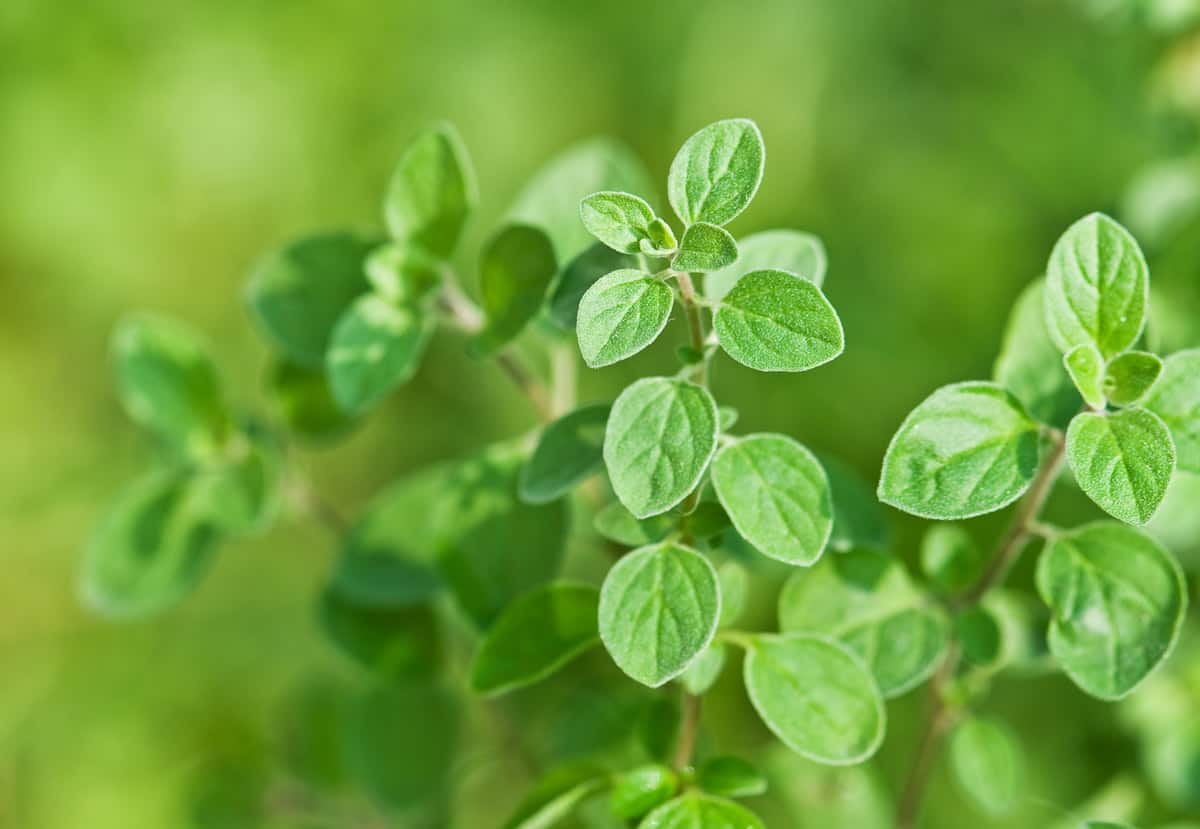
Selecting fresh oregano
Oregano season is in the spring and summer months, when it is the most aromatic and flavorful, though it is typically available year-round at grocery stores and markets.
It has a thick, woody stalk with thin branches that hold the small green oregano leaves. These leaves are oval-shaped or can be tapered to a point. Only the leaves of the oregano plant are edible.
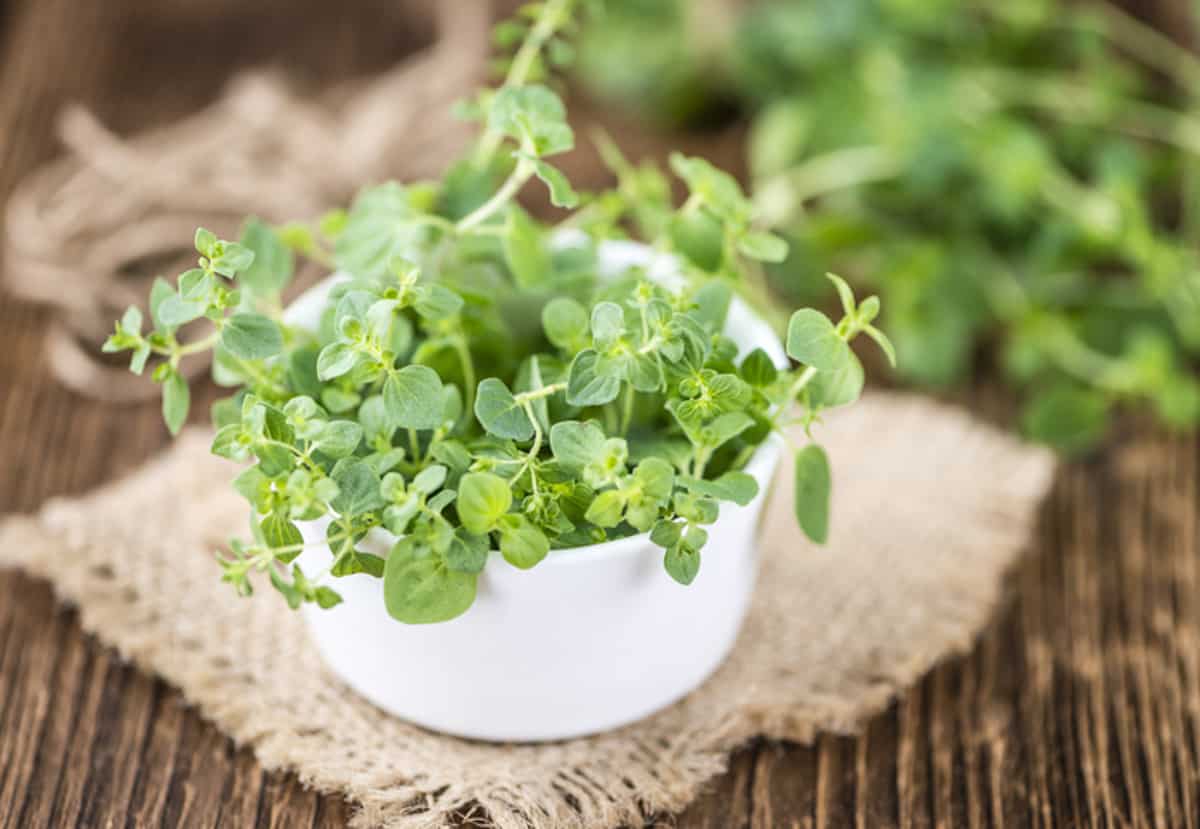
Growing herbs in a home garden is always a wonderful option if you have the time, space and proper climate. You can also grow fresh oregano in an outdoor garden.
“For the most flavorful oregano, plant it in well-drained soil and full sun. But here’s the real secret: lightly stress the plant by not overwatering it and not fertilizing it too much. This triggers the plant to produce more essential oils, making the leaves more flavorful and aromatic. So, don’t pamper your oregano too much; a little tough love goes a long way.”
— Mandy Applegate, Splash of Taste
For those unable to grow herbs at home, you will want to pick up your fresh oregano at a local store. To select the freshest oregano, choose bunches with bright green leaves. Ensure that there are no black or brown spots and that the leaves are not wilted. The leaves should be aromatic and soft, not dried out.
Check to see if there is any excess moisture if you are purchasing oregano in a plastic container, as this can lead to mold.
FDL’S 75 Best Bites

Our cookbook with 75 tasty recipes will be your go-to kitchen companion for easy dinners with ad-free recipes right at your fingertips. Crafted by experienced chefs and recipe developers, this collection offers a treasure trove of tried-and-true dishes that make mealtime a breeze.
Get the Recipe: FDL’S 75 Best Bites
The taste of oregano
Oregano has a savory, earthy, green flavor. It is very aromatic and sometimes has floral, peppery and bitter notes as well. There can be some variation in the nuance of oregano’s flavor profile based on growing conditions and plant maturity.
Cleaning oregano
When cleaning oregano, remove any packaging, rubber bands or twist ties. Visually inspect the oregano to see if any of the leaves are dried out, brown, black or wilted, and remove them from the bunch.
Then, rinse the oregano under cool running water to remove any dirt left on the leaves. You can remove excess moisture from the bunch by running it through a salad spinner or patting it dry with paper towels.
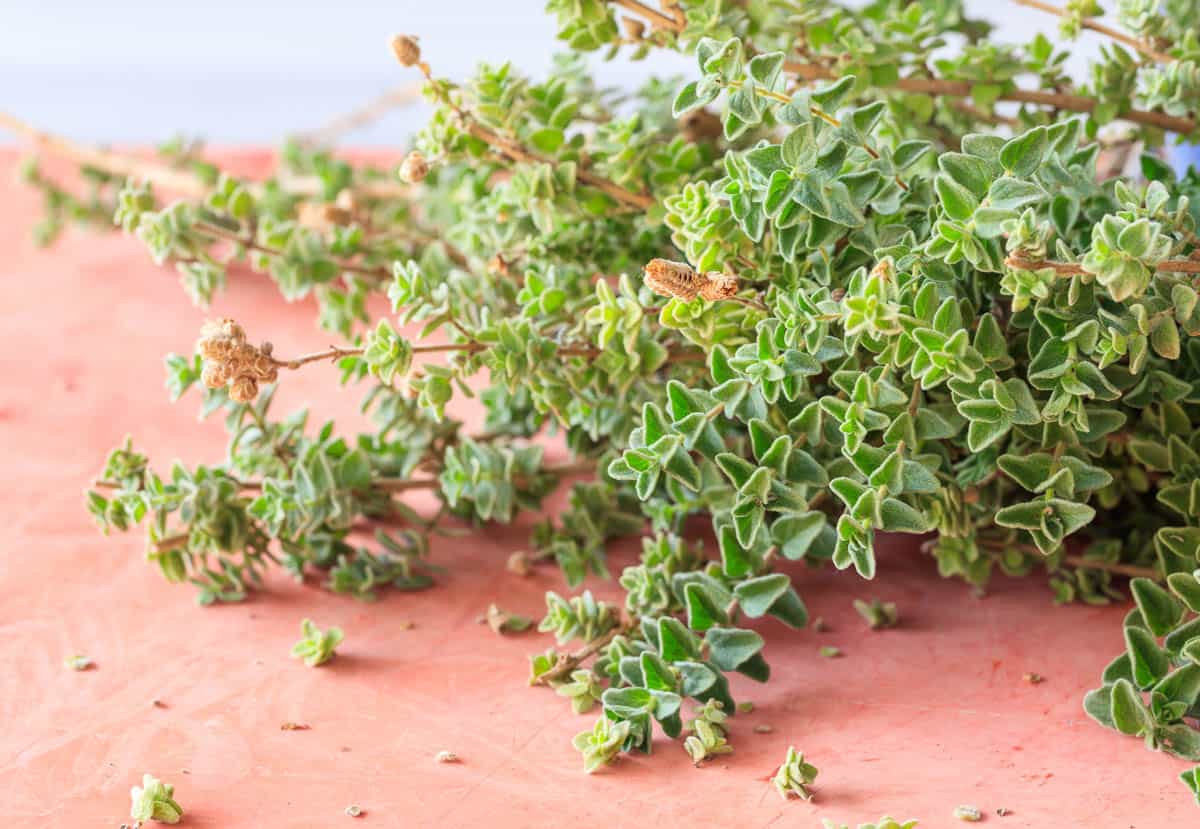
Storage suggestions
Oregano is classified as a hardy herb, like rosemary or thyme. This means that it is less likely to wilt than soft herbs like basil or parsley. However, it must still be stored properly to preserve its flavor and texture.
There are multiple ways to store fresh oregano. The first option is to wrap the oregano bunch in a damp paper towel and store it in a plastic or reusable silicone bag in the refrigerator.
The second option is to cut the ends off of the bunch and store the oregano in a glass partially filled with water. You can loosely cover the leaves with a plastic bag and store the oregano in the refrigerator, or you can store the glass on the counter with no cover. Change the water when it becomes cloudy to keep your oregano fresh.
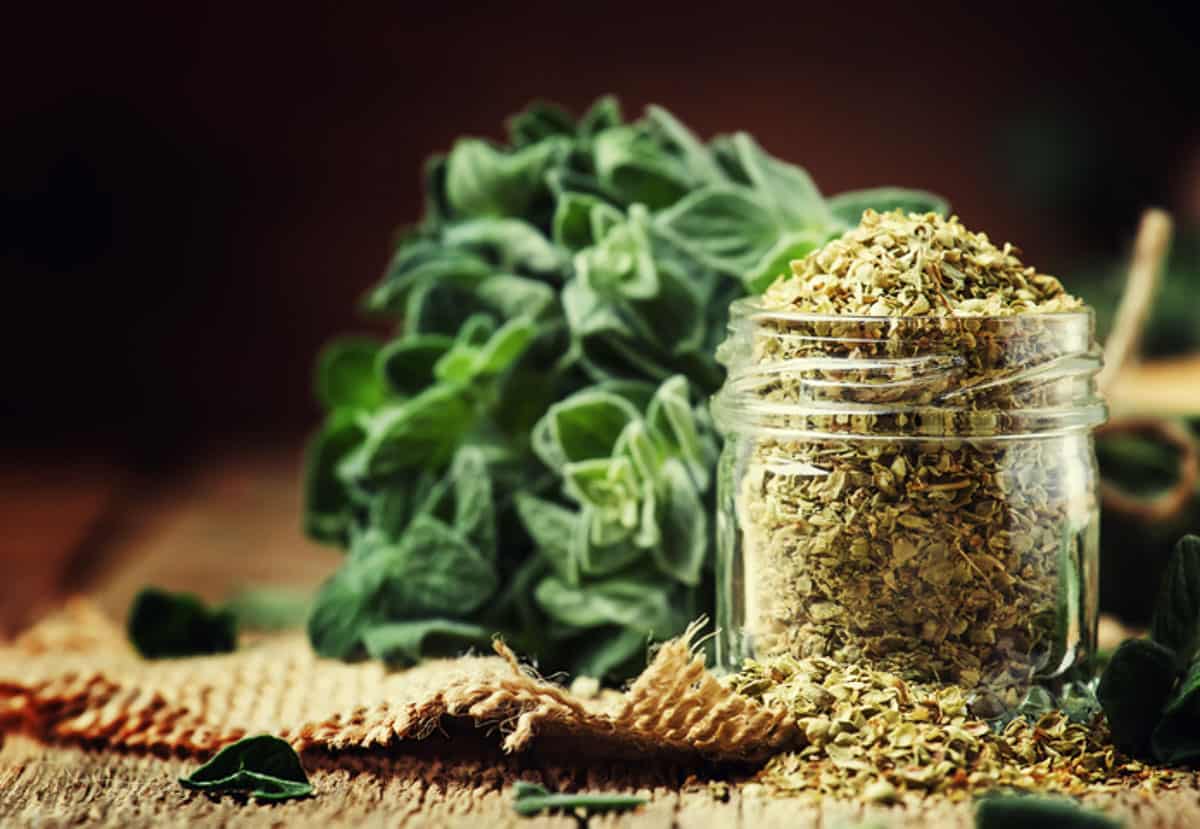
Another popular option is to dry your herbs. This can be done in a dehydrator or by tying the oregano stems together with a piece of twine and hanging them upside down in a cool, dry place until fully dried.
“I love to grow fresh oregano in my barrel herbs garden. It’s a vigorous plant that never fails to produce massive amounts of fresh oregano. I pick it and either use it fresh or dry it in bundles for use in the winter.”
— Laura Sampson, Little House Big Alaska
Once dried, store it in an airtight container like a glass jar.
You can also freeze oregano by removing the leaves from the stem and adding them to ice cube trays. Pour cold water over the oregano to fill the individual compartments, then freeze. Frozen oregano can be added to soups, stews and sauces.
Culinary uses for fresh oregano
While delicate herbs like dill and cilantro should be added to the very end of the cooking time, oregano can be added early on in the cooking process to flavor a variety of savory recipes.
Fresh oregano is a delicious addition to pasta sauce,
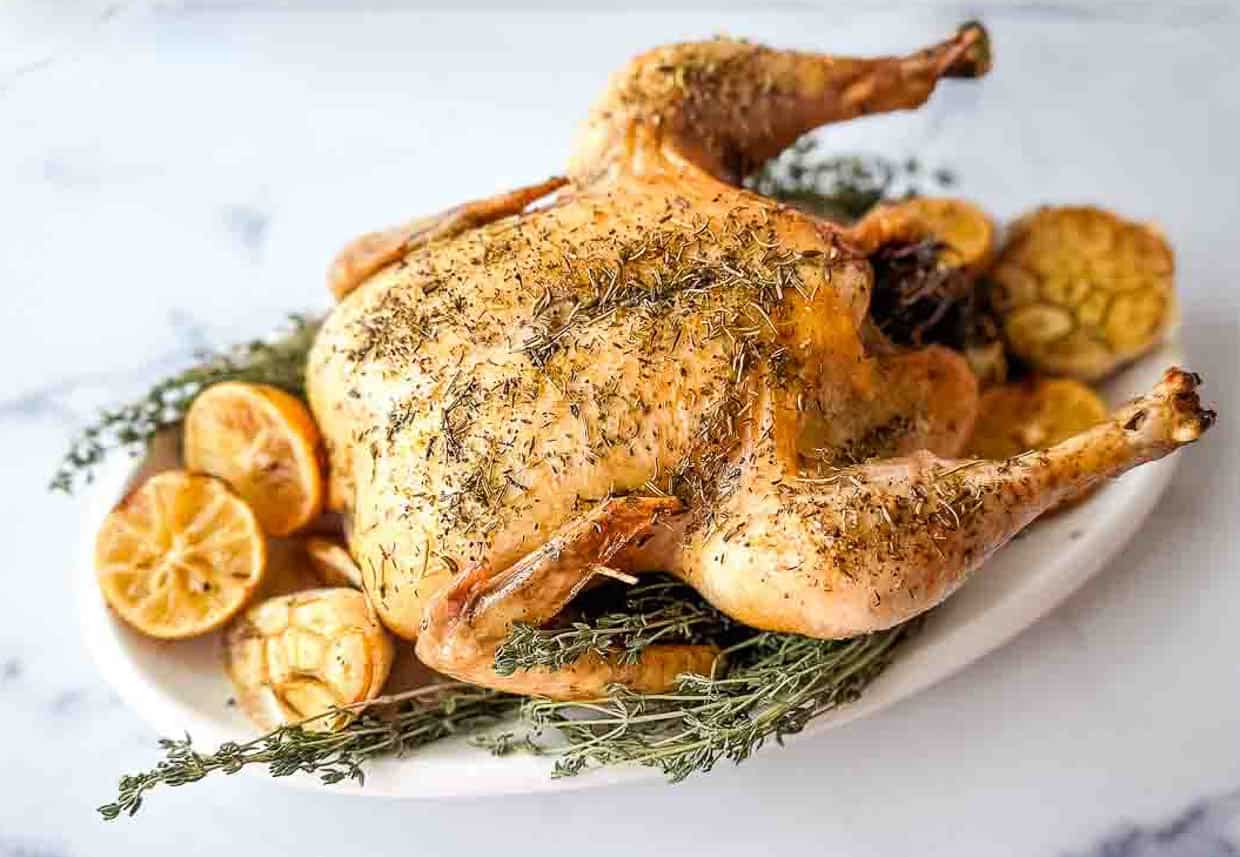
“One whiff of fresh oregano, and I feel like I’ve been transported to the Mediterranean! I love adding it to Greek-style salads and chicken souvlaki marinade as well as sprinkling it on homemade
— Sage Scott, Sage Alpha Galpizza .”
Fresh oregano is used prevalently in Mediterranean cuisine, particularly Greek and Italian dishes. The Mexican variety of oregano is used in Latin American cuisines like Mexican and Argentinian dishes. It’s also seen in Turkish and Spanish cuisine.
Final thoughts
Oregano is an earthy, hardy herb used primarily in savory dishes. It is prized in Mediterranean and Latin American cuisines for its strong aroma, fresh, floral, peppery taste and versatility. It is in season during spring and summer but is generally available year-round at supermarkets.
To select fresh oregano, find bunches with bright green, fragrant leaves that do not have wilted or dried leaves or brown or black spots. Check to be sure the packaging doesn’t contain excess moisture that can lead to mold.
Store oregano in a damp paper towel in a plastic bag in the refrigerator, or trim the bunch and store it in a partially filled glass of water. You can also freeze or dry oregano for later use.
Oregano should most often be added at the beginning of the cooking process to impart the most flavor. It can, however, also be sprinkled on pizzas or pasta for a boldly flavored garnish.
From roast meats to dressings, sauces and marinades, you will find a wide variety of appetizing uses for fresh oregano. So, the next time you encounter a sprig of fresh oregano, consider the wonderful culinary possibilities that await.
Gen La Rocca is a professional chef, writer and editor living in Southern California. She is the owner and recipe creator behind Two Cloves Kitchen, a food site featuring contemporary, California-inspired recipes. She has edited over 20 novels, short stories and essays for publication.